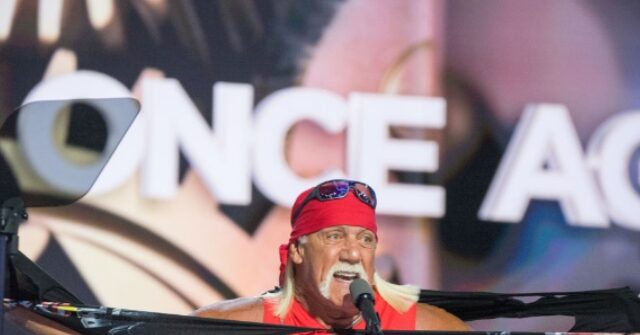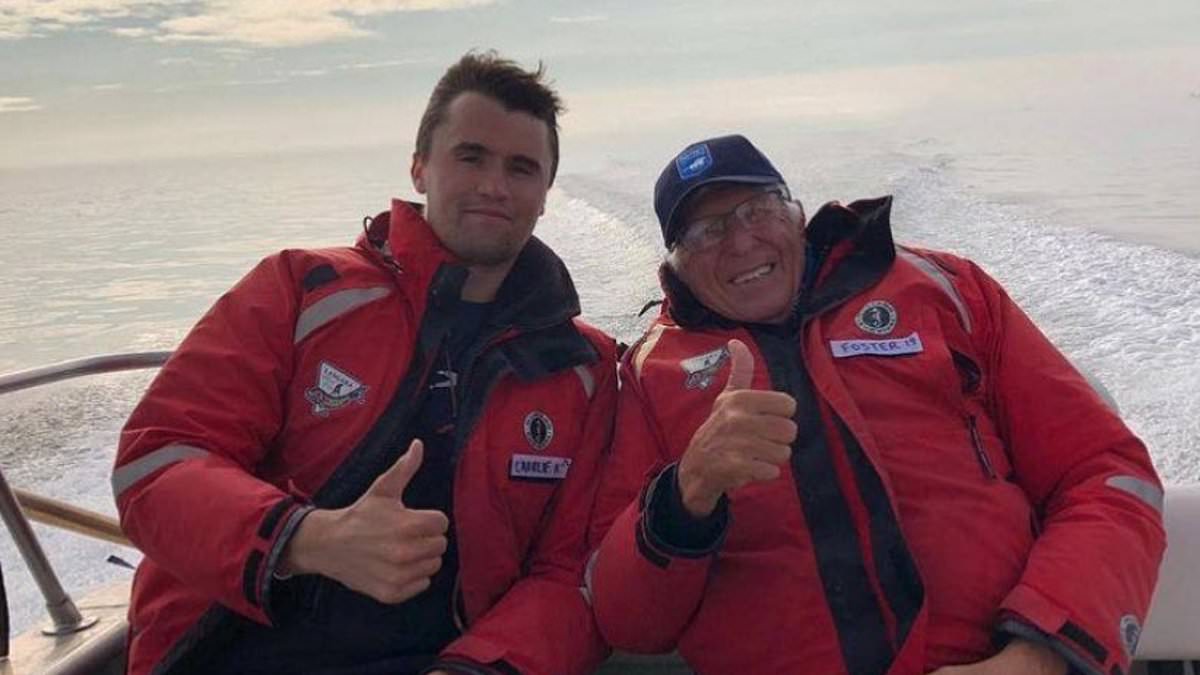
Last month, we posed a question to more than a dozen founders: If you had an additional $1 million to spend on marketing right now, how would you use it? Regardless of industry, stage, or location, virtually all of them gave some version of the same answer: building community through experiential campaigns or in-person events.
One brand that’s successfully accomplished this goal is M.M. LaFleur, a New York City-based women’s workwear brand. Over recent years, the brand—which operates eight standalone stores across New York, Chicago, Boston, Philadelphia, and Washington, D.C.—has turned its events strategy into a growth engine.
Last year, more than 4,000 people showed up to M.M. LaFleur’s get togethers, which included panel discussions, author interviews, launch parties, corporate styling events, and sip and shops. The majority of attendees were new customers. That turnout paid off. In 2024, events generated more than half a million dollars in revenue, a number the company expects to double this year. Plus, the customer acquisition costs were 30 percent cheaper than e-commerce.
Maria Costa, director of brand and integrated marketing, and Taylor Purcell, director of retail, sat down with Inc. for a live interview on Monday as part of this week’s Fast Company Innovation Festival in New York City. Here, they share their advice for brands, marketers, and entrepreneurs looking to amp up their events strategy.
Featured Video
An Inc.com Featured Presentation
Look for inspiration outside your industry
When it comes to events strategy, Purcell makes a point to look outside of the apparel industry for inspiration. The company she follows the most is custom frame brand Framebridge. The Washington, D.C.-based business hosts artist pop-ups and offers free pet portraits in stores for customers that purchase a frame. In the New York area, Framebridge has also been inviting customers to come in and score a discount if they want to frame their Metrocards before the The Metropolitan Transportation Authority retires the famous yellow swipe cards at the end of this year.
“Their creativity is really fabulous, and something that we try to bake into our event strategy so it’s differentiated but true to us,“ says Purcell.
Start small and close to core customers
When investing in an events strategy for the first time, Costa says, “Start small and start with what the customer is actually asking for.”
Some of M.M. LaFleur’s earliest in-person experiences, including sip and shops and professional headshot appointments, came directly from customer requests.
Stay local and timely
For M.M. LaFleur, deciding what kind of event to host comes down to location and date. Each of the brand’s markets has different tastes. Costa and Purcell know that New York women enjoy the wow factor, while Chicago shoppers are more deliberate with their time. The executives also understand that December is a difficult month for events aimed at new customer acquisition. That comes from data sourced from years of events as well as anecdotal, local insights from store managers.
“If the event is four puzzle pieces, three of those puzzle pieces are going to remain the same, but we can edit that one that we can make to fit for that specific market,“ says Purcell. “It‘s usually something small, but it does go a long way to make sure that they are that community feels tapped into appropriately.“
Set specific, measurable goals
M.M. LaFleur starts event planning with specific goals in mind, including foot traffic, attendance rates, purchase rates, and overall return on investment. Keeping the planning anchored in those objectives helps the team stay focused, says Costa.
“It’s not soft and squishy marketing metrics,” she says. “We’re very genuinely layering hard data, because that has become the justification through which we are pulling dollars out of performance marketing and pushing them into retail experiences.”
Start marketing four weeks out
When it comes to promoting its events, M.M. LaFleur starts marketing four weeks ahead of time. Costa says the first and last weeks are the most important, because consumers tend to RSVP quickly and then forget about that note on their calendar for the next few weeks until they get sent a reminder the week of.
Calculate the tailwind return
When calculating the financial return on an event, Purcell says do not just include the immediate revenue from that day. Track the customers that follow up and make purchases after attending an event. “Give yourself three months for total revenue,” she says.
Price in flops
Turning events into a growth driver is a longer-term strategy, and in the interim, be prepared for some events to inevitably flop, Costa says.
“Not every event is going to knock it out of the park. You’re not always going to have an engaged audience with whatever your goal is,” she says. “Sometimes, no matter how operationally you’re ready, it’s a dud.”



